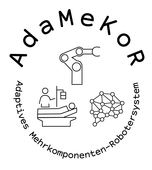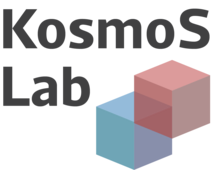
Research Departments
- AI for Assistive Health Technologies 1
- AI in Medical Image and Signal Processing 1
- Cyber-Physical Systems 3
- Design Research eXplorations 1
- Intelligent Networks 1
- Robotics Innovation Center 1
Research Topics
- Autonomous Systems 2
- Human-Machine Interaction 2
- IT Security 1
- Machine Learning & Deep Learning 1
- Robotics
- Sensors & Networks
Fields of application
Search narrowed by:
Displaying results 1 to 5 of 5.
Research Departments
- AI for Assistive Health Technologies 1
- AI in Medical Image and Signal Processing 1
- Cyber-Physical Systems 3
- Design Research eXplorations 1
- Intelligent Networks 1
- Robotics Innovation Center 1
Research Topics
- Autonomous Systems 2
- Human-Machine Interaction 2
- IT Security 1
- Machine Learning & Deep Learning 1
- Robotics
- Sensors & Networks


